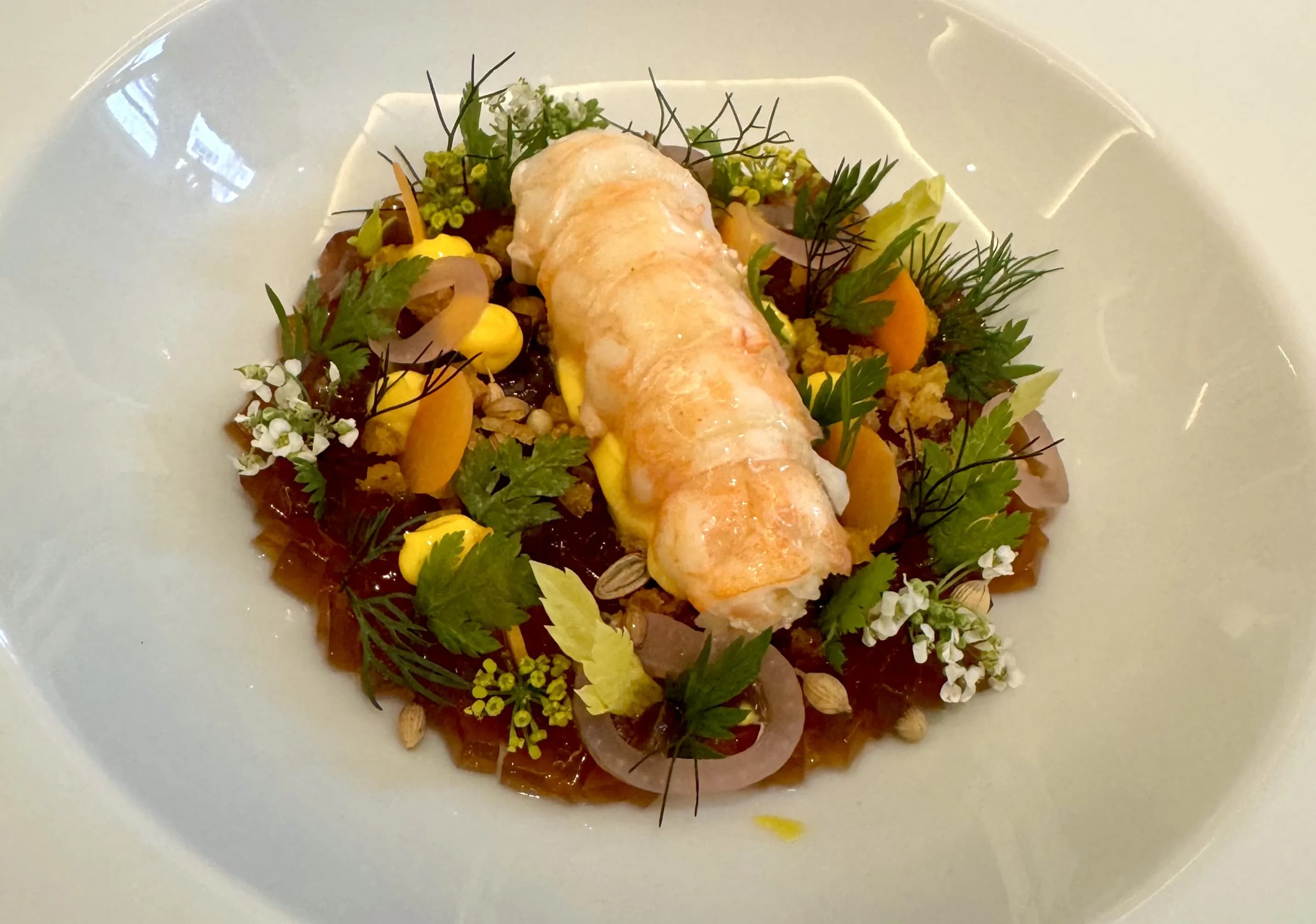London's Fine Dining Scene Characterized by East-West Divide, Bloomberg Opinion Reports

London's esteemed fine dining landscape is increasingly defined by two distinct approaches, geographically separated between the city's East and West, according to a recent observation by H. Chua O'Connell for Bloomberg Opinion. The analysis highlights a divergence in culinary philosophy, service style, and overall dining experience that caters to varied palates and expectations across the capital. This division suggests a maturation of London's gastronomic identity, moving beyond a singular definition of high-end cuisine.
West London, encompassing areas such as Mayfair and Chelsea, continues to uphold a tradition of classic luxury and formality in its fine dining establishments. These venues are frequently associated with white tablecloth service, Michelin stars, and a focus on refined European techniques, often drawing a clientele seeking established elegance and a predictable, high-standard experience. Restaurants in this region often prioritize heritage and consistency, delivering a polished and sophisticated atmosphere.
In contrast, East London, particularly in burgeoning culinary hubs like Shoreditch and Hackney, has cultivated a reputation for innovative, casual fine dining. This approach emphasizes experimental menus, global influences, and a more relaxed, chef-driven atmosphere, often housed in repurposed industrial spaces. Chefs in East London frequently explore sustainable practices and local produce, offering a dynamic and often surprising culinary journey that appeals to a more adventurous and contemporary diner.
This geographical split is influenced by several factors, including evolving demographics, property dynamics, and a desire among chefs for greater creative freedom. The tweet, attributed to Bloomberg Opinion, succinctly captured this trend, stating: > "London can be divided into east and west for two different approaches to fine dining, says @hchuaeoan." This distinction allows London to offer a broader spectrum of high-quality dining, from time-honored institutions to cutting-edge culinary ventures.
The emergence of these two distinct fine dining identities enriches London's overall culinary scene, providing both traditionalists and modernists with exceptional gastronomic choices. It underscores a broader trend in global cities where culinary innovation often flourishes alongside the preservation of classic dining experiences, ensuring London remains a leading destination for food enthusiasts worldwide.